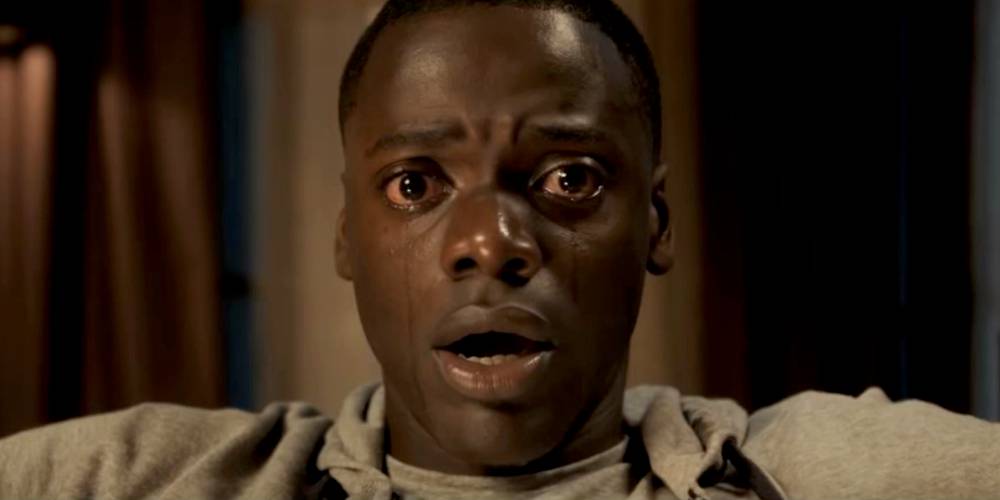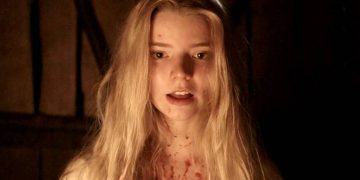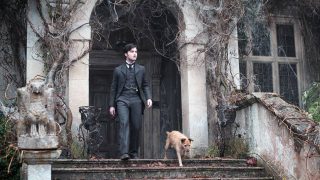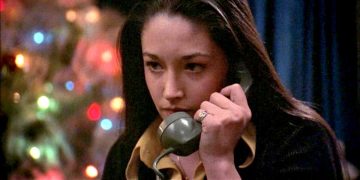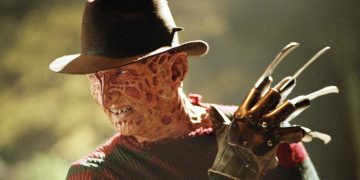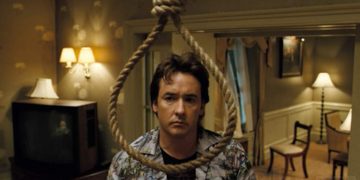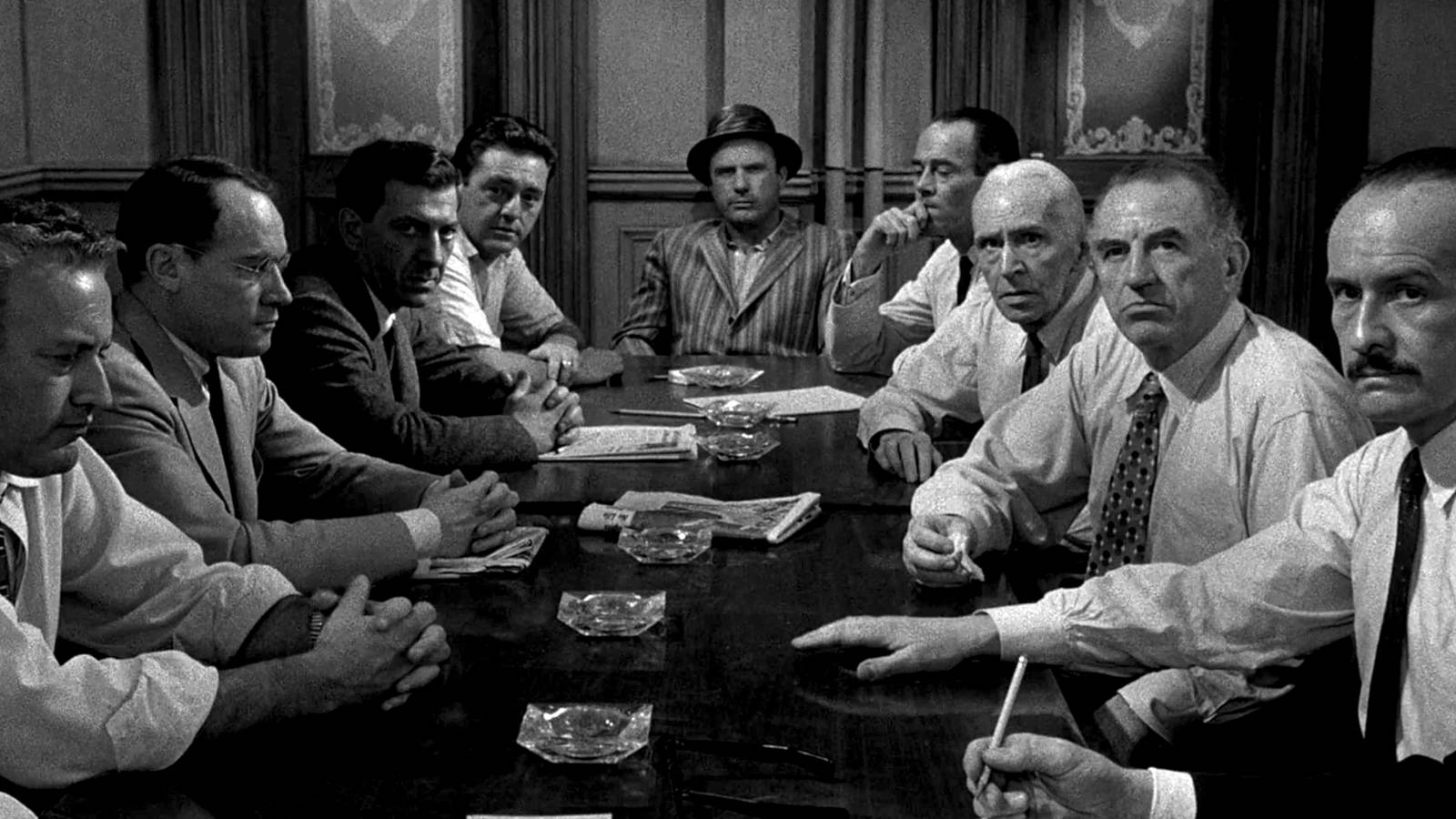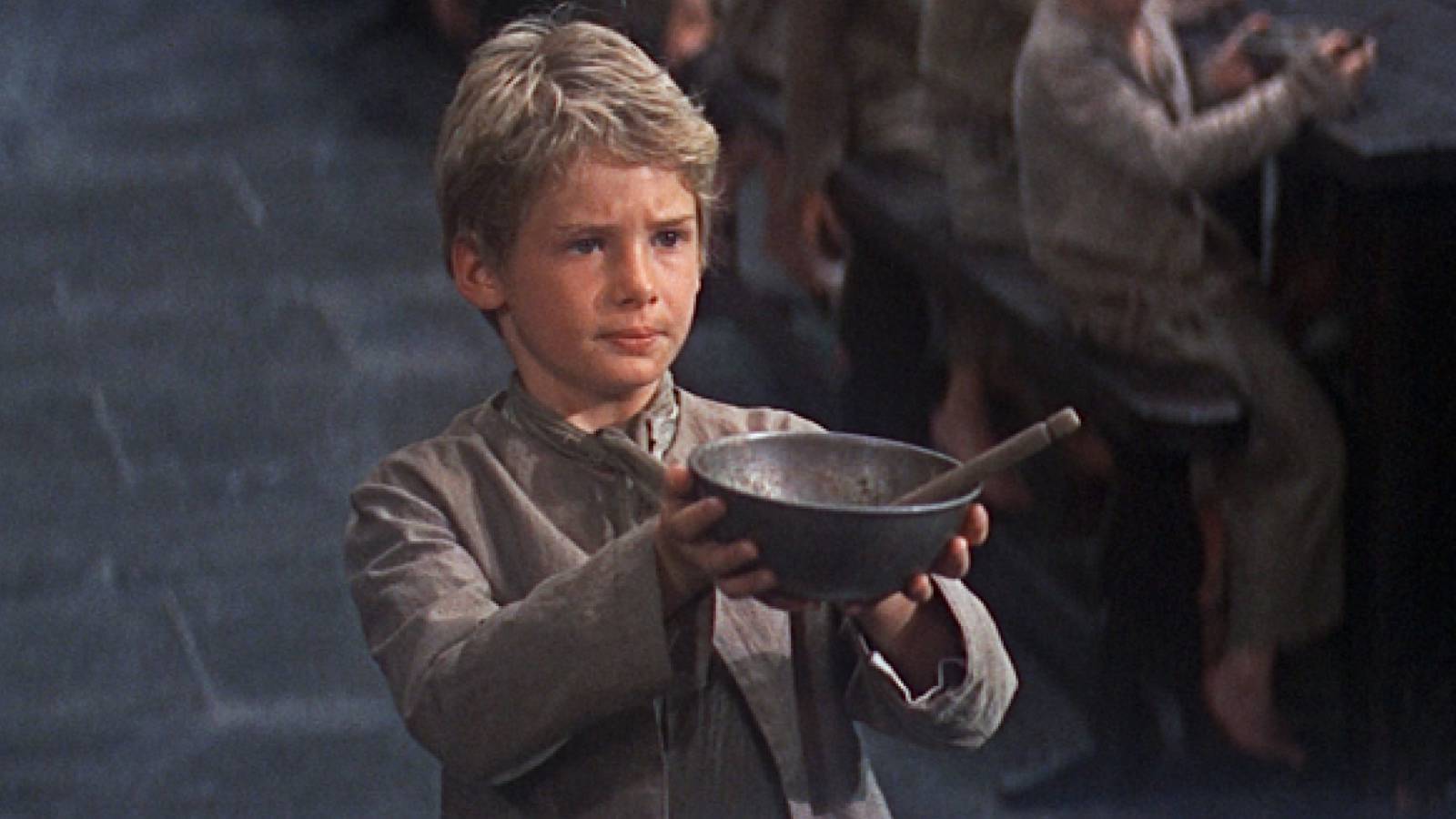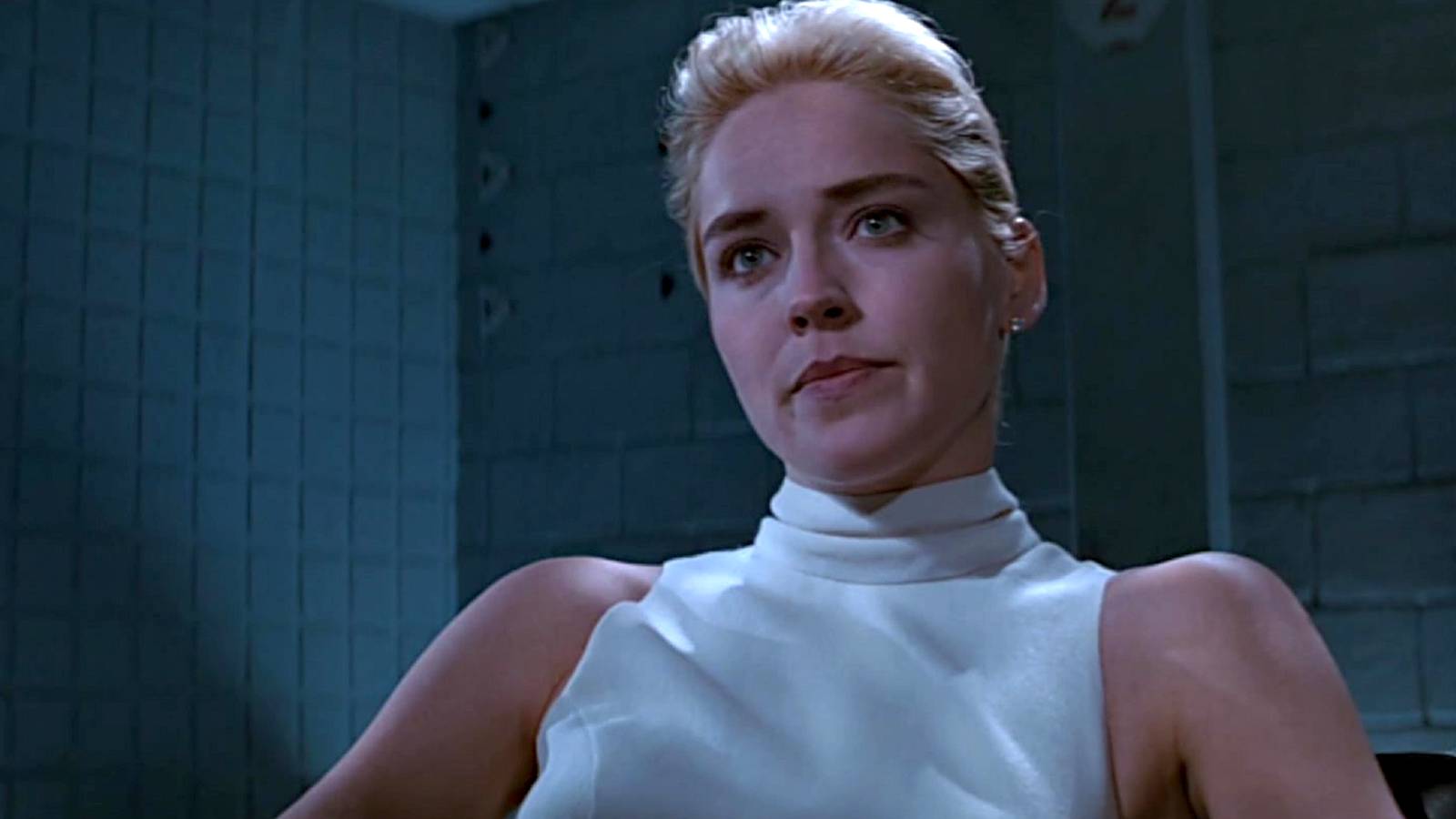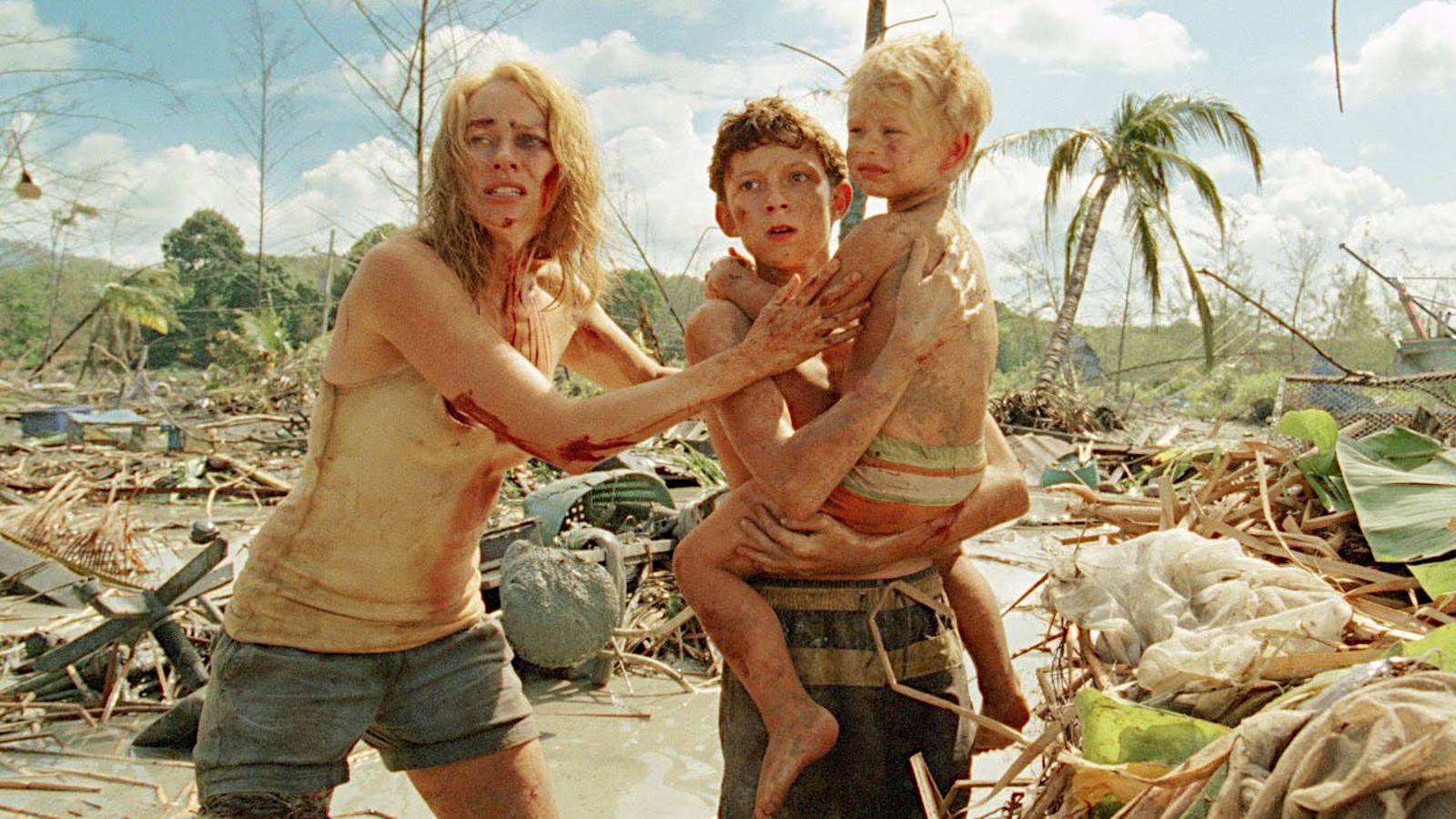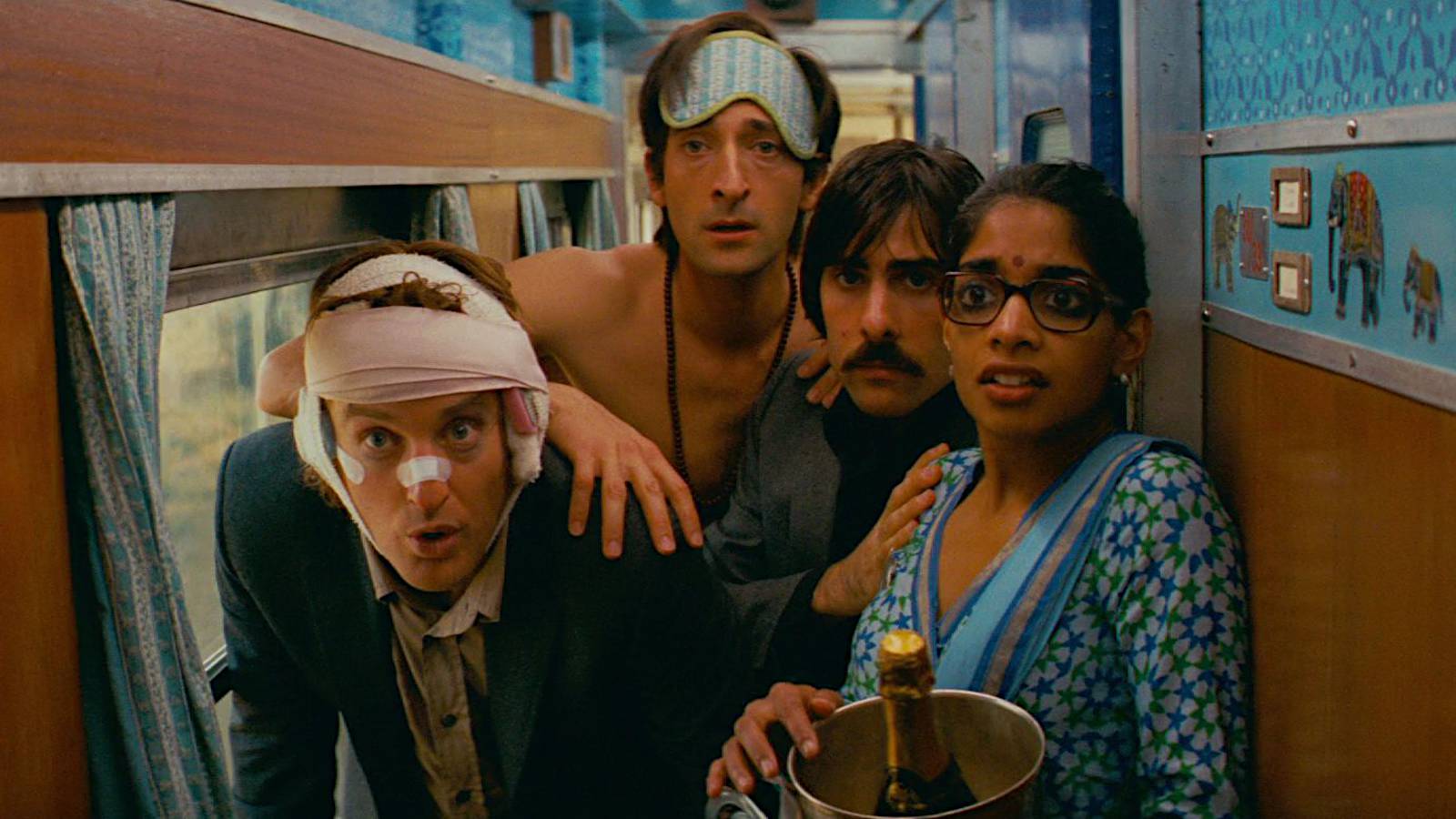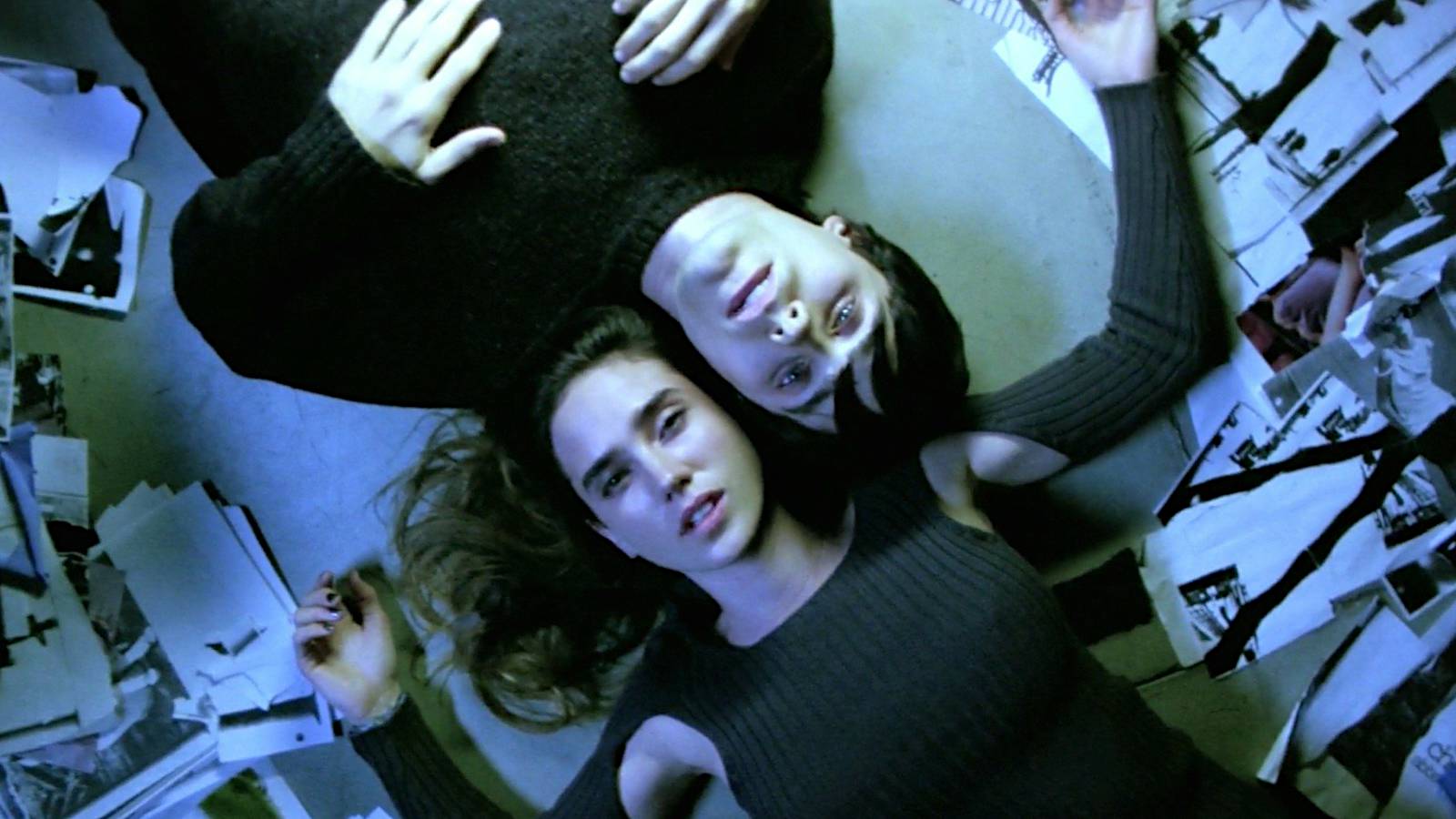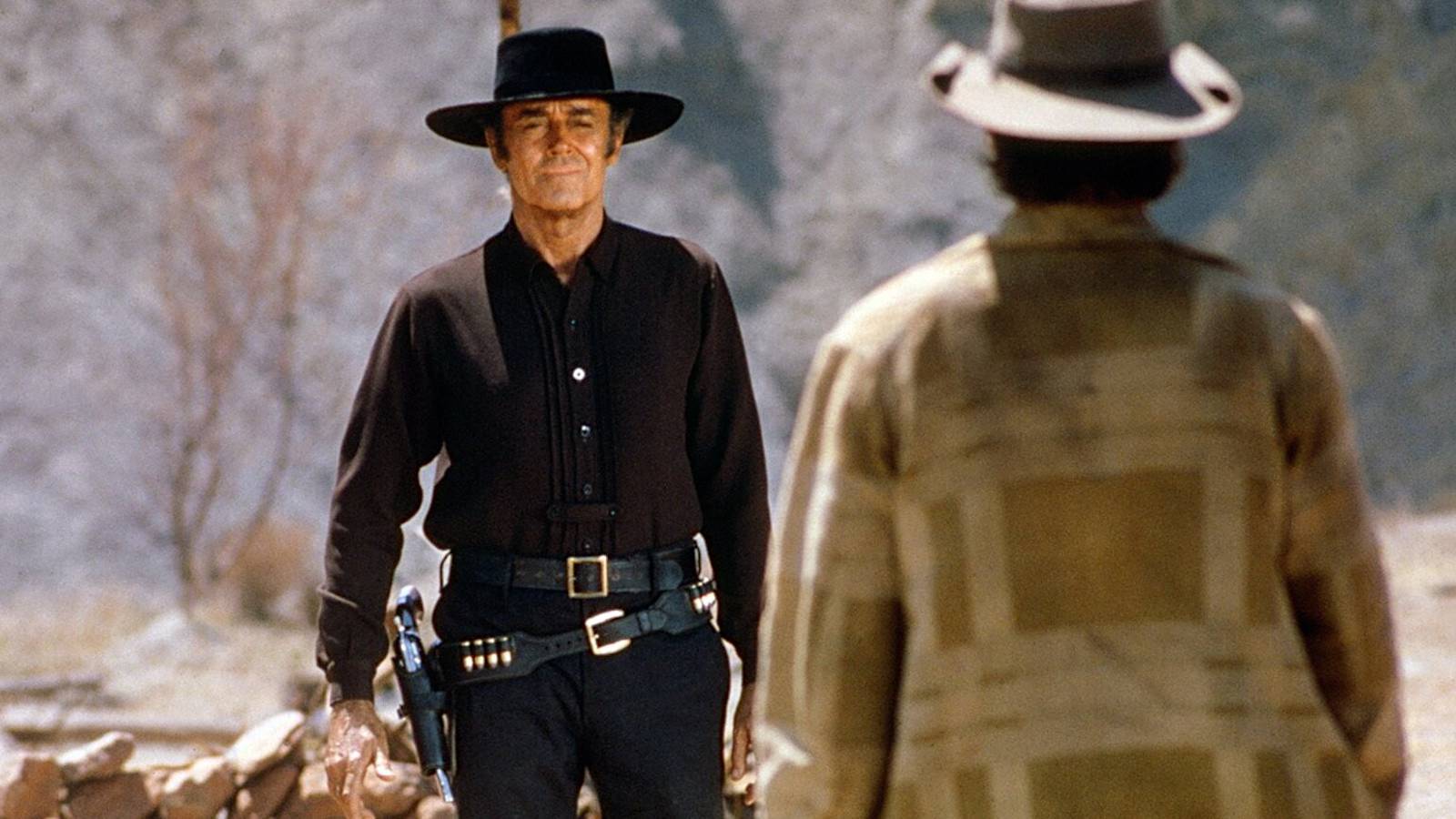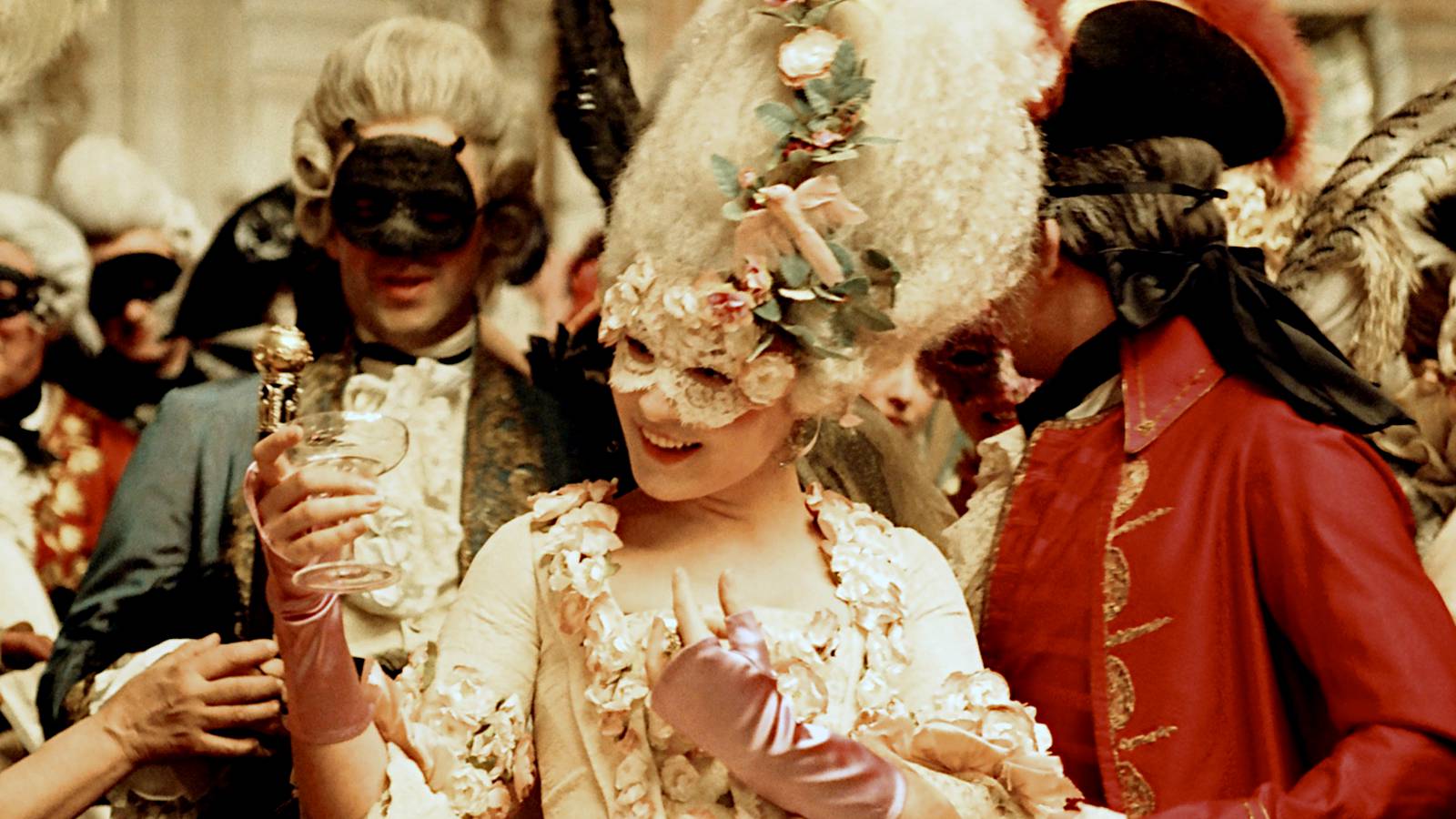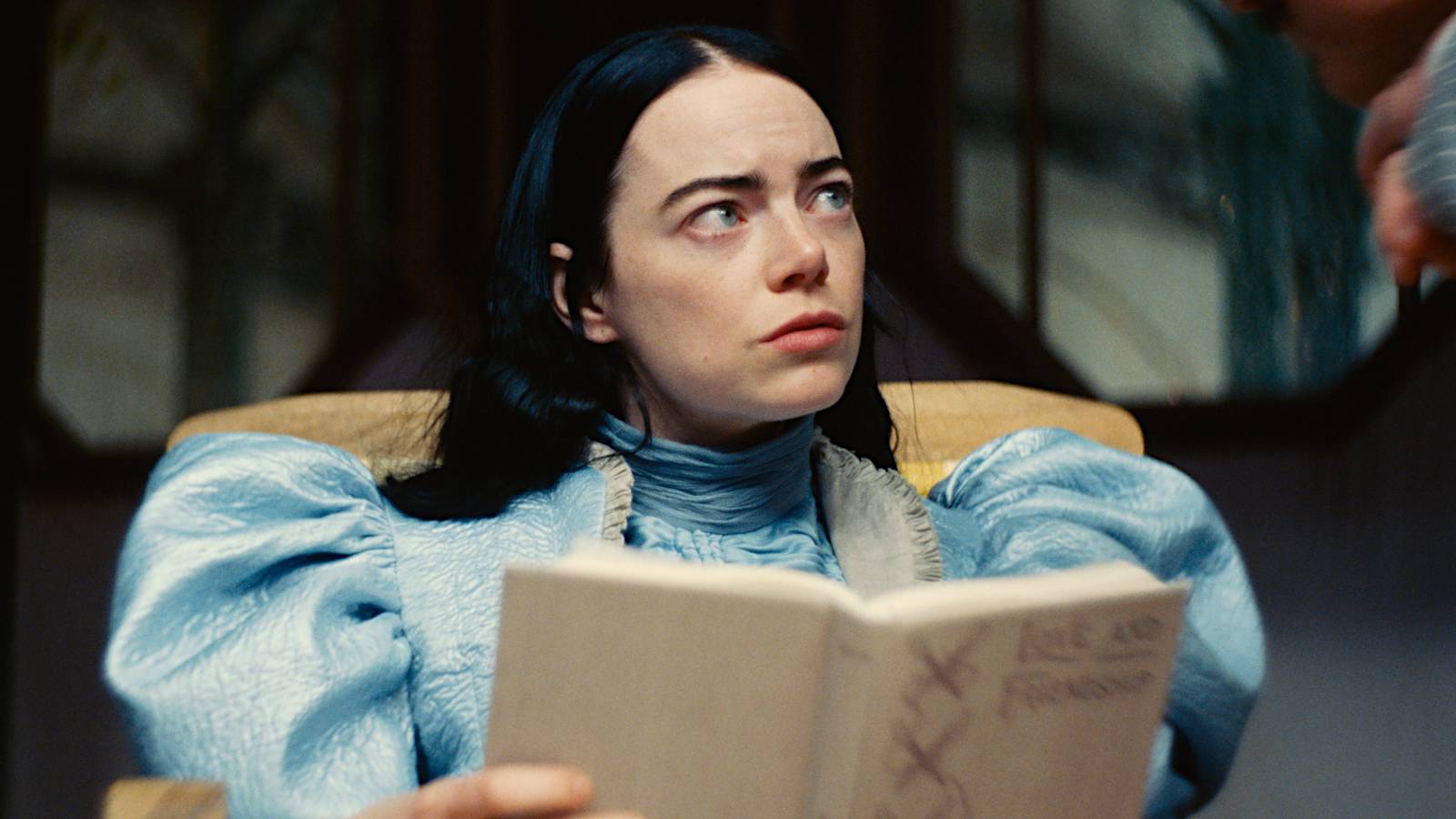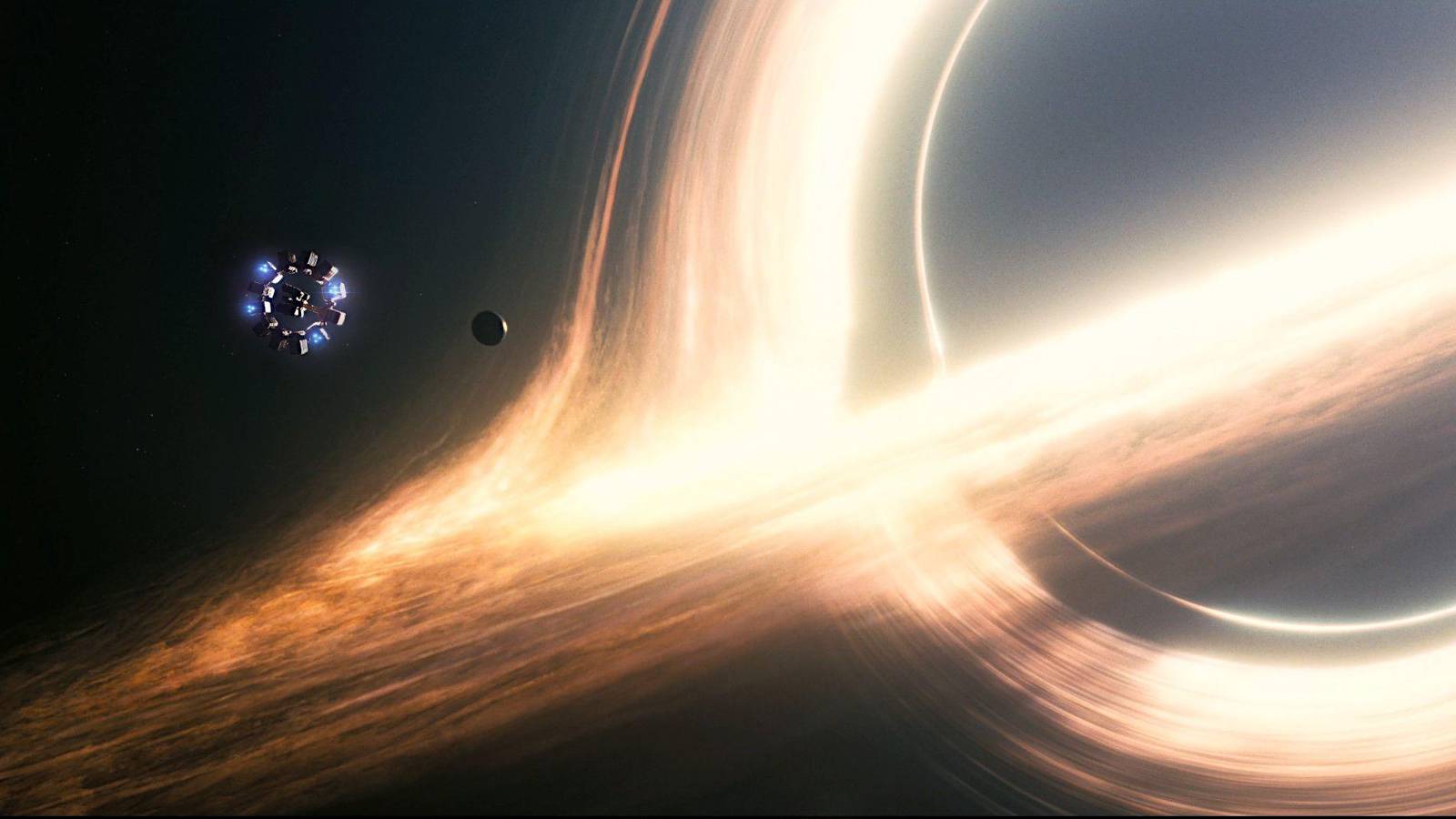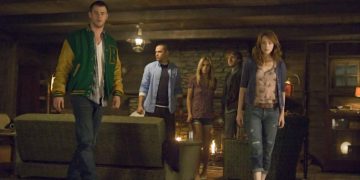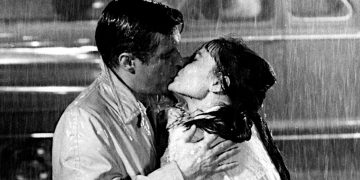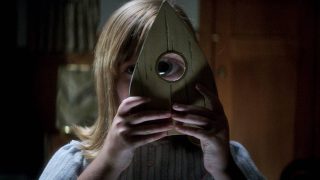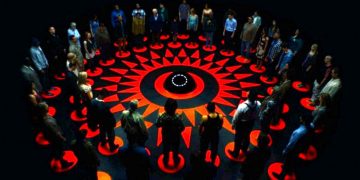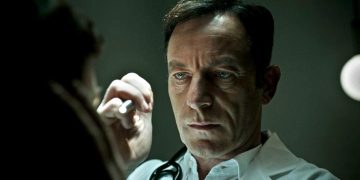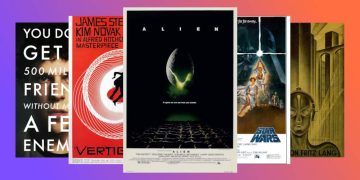5. Greater Artistic Risks
When you look back on horror movies of the 1990s and 2000s, they all seem rather the same. In fact, it’s difficult to differentiate between most of them, as many are reboots, remakes, sequels, and prequels.
However, in the 2010s, with the growth of studios like A24, horror films started taking on their own flavors of horror. Instead of yet another knife-wielding, mask-wearing slasher flick, we started getting specialized projects—ones that really hit it out of the park.
Look no further than the likes of Robert Eggers for proof of this. While his most recentThe Northman(2022) may not have been as jaw-dropping as his two previous works, bothThe Witch(2015) andThe Lighthouse(2019) were as fresh as they were horrifying.
Sure, neither film has the kind of mainstream draw that slasher flicks often have, but they’re still scary as hell.
Related:What Are Folk Horror Films? Explained (With Several Examples)
4. Story Over Plot
A huge flaw of many horror movies is that there’s no realstory. We watch a collection of characters stroll into an obviously haunted house, get haunted, and then die one by one. It’s all plot.
And the lack of meaningful story often means we don’t care about the characters. While it’s obvious in any other genre that viewers need to care about the people they’re watching, most horror films of the 2000s skipped all of that straight to the gore and jump scares.
Fortunately, later horror films of the 2010s reclaimed this understanding of the importance of both story and characters. No film is a better example of this than Jennifer Kent’sThe Babadook(2014).
Ultimately,The Babadookis a haunted house story, but it has so much story and feeling behind it that it actually feels like a full-blown drama. As well as this, all of the horror is deeply grounded in character psychology.
Related:The Best Haunted House Movies
3. Emphasis on Character Psychology
The best recent horror films have examined the psychology of their characters and analyzed how real horror would manifest from their mindsets. That’s a scary thought.
Of course, certain films exaggerated the physical manifestations of character psychology—I’m looking at you,It(2017)—but, generally speaking, the horror films of this era brought terrifying nuance to their character studies.
Veronika Franz and Severin Fiala did this inThe Lodge(2019), a film that takes a look at trauma’s lingering effects on how we think and perceive the world around us. It makes for a very unnerving watch.
Related:The Best Christmas Horror Movies to Watch This Year
2. Social Commentary
What’s scarier than a horror movie? Real life. Okay, I’m being somewhat facetious, but this is the basis of many current horror movies.
Sometimes, the best source of horror is an unflinching look at the world we live in, as horror movies take on a sort of socio-political allegory that allows story and plot to unfold in perfect synchronicity.
In the past, horror films seemed satisfied with haunted houses and murderers on the loose. Today, we see that horror movies can deliver messages that go much deeper, making things all the scarier.
The newly crowned king of horrific allegories is, of course, Jordan Peele. WithGet Out(2017), Peele made what is easily one of the best horror films of all time. How did he make it so unsettling? By basing the majority of the anxiety-spiking tension on current race relations in the US.
It’s no wonder whyGet Outwas voted as the best screenplay of the 21st century (so far) by the Writers Guild of America.
Related:The Best Horror Movie Directors of All Time, Ranked
1. More Terror, Less Horror
This point is ultimately the number one difference between horror films of the previous generation and the horror films of the 2010s—and there’s no better example thanHereditary(2018), Ari Aster’s debut feature that’s one of the most terrifying films ever made.
So, what is the difference betweenterrorandhorror?
According to many film scholars,terrorinvolves the momentsprecedinga jump scare, a monster reveal, or whatever other shocking scene, whereas the actual shock and reveal ishorror.
InHereditary, the majority of the film is spent in anxious suspense as we anticipate the awful climax that everything is building towards. Instead of cheap jump scares, there’s a prolonged sense of dread that anything could happen to these characters we care about.
When a film is able to put you in this kind of emotional state—andkeepyou there—then you have a great horror film. This is what the best horror movies of the 2010s truly took to heart.
Read next:The Best Modern Horror Movies to Watch During a Horror Movie Marathon



![]()
